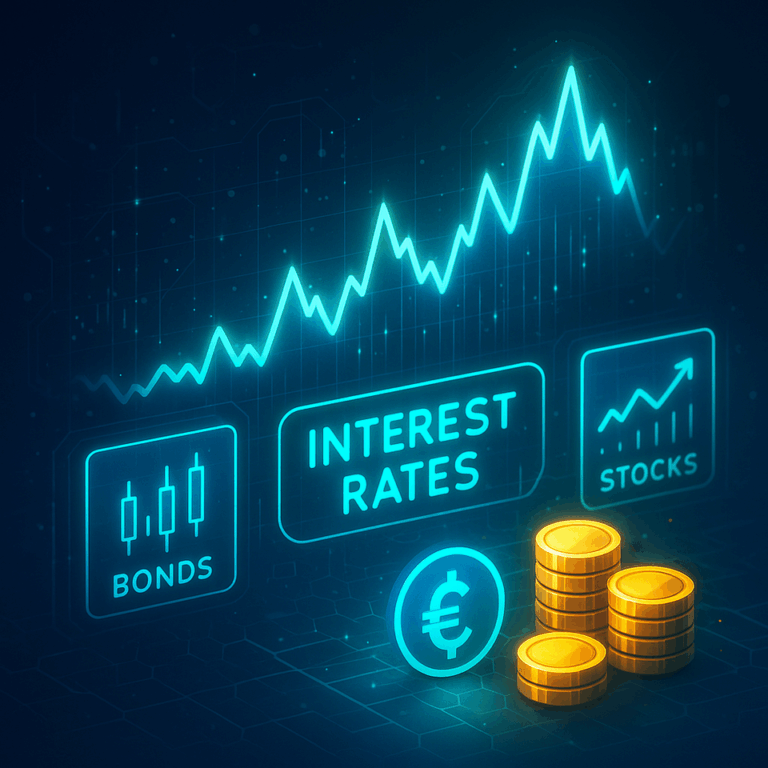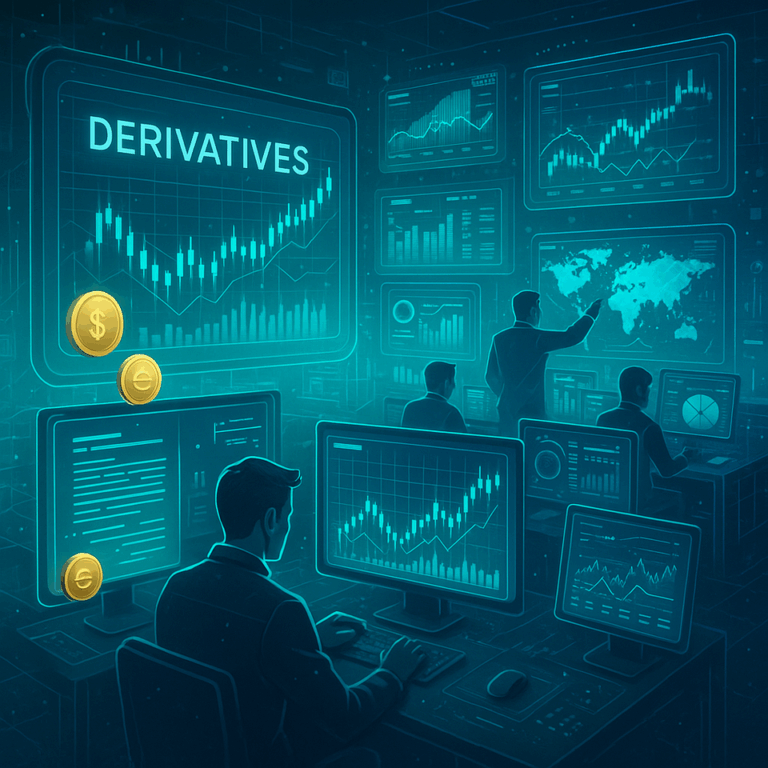As of 2025, investing has become more complex and diverse than ever before. Traditional markets like stocks and bonds remain central to wealth-building, but investors now have access to an expanding range of assets, including cryptocurrencies, real estate tokens, and green investments. The global economy is adapting to technological innovation, inflationary pressures, and geopolitical shifts, making it crucial for individuals to understand both opportunities and risks.
The Importance of a Diversified Portfolio
Diversification continues to be one of the most important principles of investing in 2025. By spreading investments across different asset classes—stocks, bonds, commodities, real estate, and digital assets—investors reduce exposure to volatility in any single market. While diversification does not eliminate risk, it provides a stronger foundation for long-term financial stability, particularly in uncertain economic times.
Technology and Digital Assets
Technological innovation is reshaping the investment landscape. Blockchain and tokenization are enabling fractional ownership of assets, making real estate, art, and commodities more accessible. Artificial intelligence is also being used to analyze financial data, optimize portfolios, and predict market trends. Meanwhile, digital assets like Bitcoin and Ethereum remain popular, though they continue to face volatility and regulatory challenges.
Sustainable and Ethical Investing
Environmental, Social, and Governance (ESG) criteria are playing a larger role in 2025 investment strategies. Investors are increasingly seeking companies that demonstrate sustainability, ethical governance, and responsible social practices. Green bonds, renewable energy funds, and climate-focused ETFs are among the most sought-after investment products. This trend reflects not only growing environmental awareness but also recognition of long-term value in sustainability.
Global Market Influences
Economic trends in 2025 are influenced by inflation, central bank policies, and geopolitical events. Interest rates remain a significant factor in shaping the performance of both equity and fixed-income markets. At the same time, emerging economies are playing a larger role in global growth, presenting new opportunities but also new risks for investors. Staying informed about global financial developments is essential for building resilient portfolios.
Risks Every Investor Should Consider
While opportunities are abundant, risks remain a constant part of investing. Market volatility, inflationary pressures, and geopolitical uncertainty can all impact returns. Additionally, the rapid growth of digital assets and alternative markets introduces risks such as cybersecurity threats and regulatory shifts. For these reasons, a cautious, informed approach is critical in 2025.
The Role of Retirement Planning in Investing
For many individuals, investing is closely tied to retirement goals. Employer-sponsored accounts, tax-advantaged savings plans, and long-term investment strategies are all essential tools for securing financial independence. In 2025, aligning investments with retirement objectives ensures that short-term market fluctuations do not derail long-term security.
Conclusion
Investing in 2025 offers unprecedented opportunities, but also new challenges. A balanced approach that combines diversification, sustainability, technology adoption, and risk awareness is essential. By staying informed and proactive, investors can navigate the complexities of today’s financial markets while building a solid foundation for the future. Ultimately, investing remains about more than wealth creation—it is about resilience, adaptability, and long-term financial well-being.







